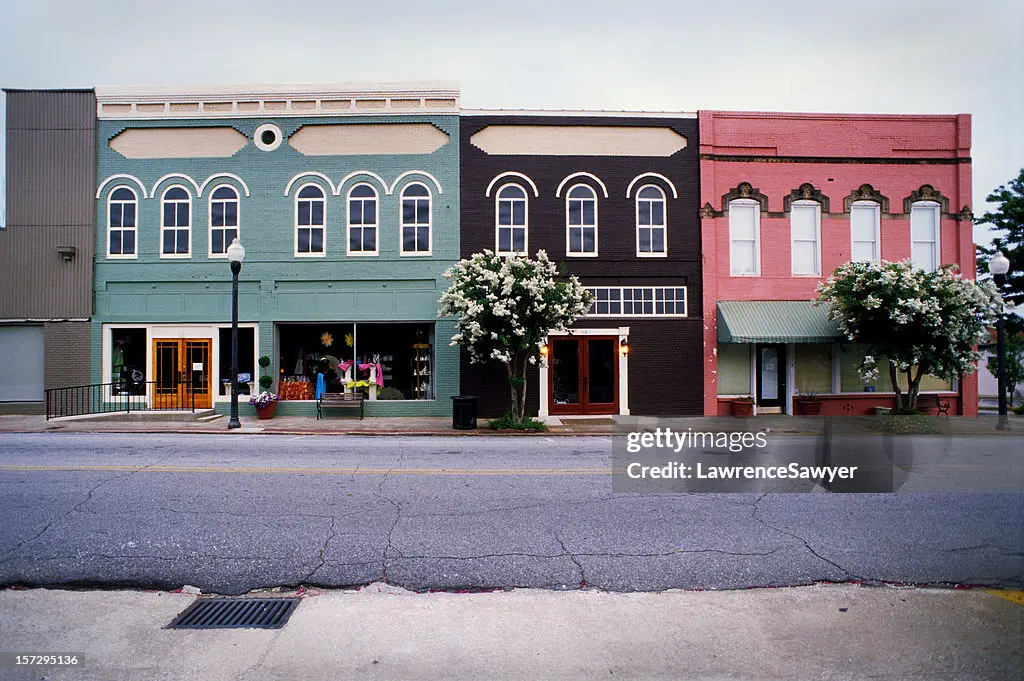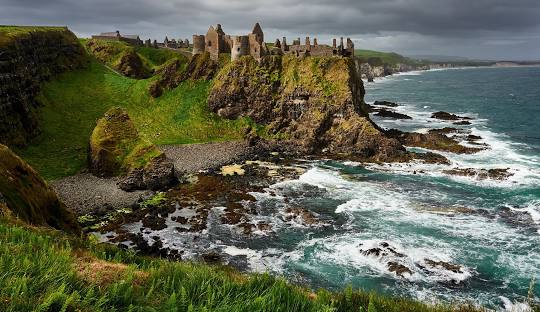Good morning, fellow writers and readers! Today, I’d like to dive into a topic that often gets overlooked but is crucial to crafting a compelling story: choosing the right setting for your novel. You might think it’s a straightforward process, but I assure you, it’s anything but simple.
When I embark on a new writing project, one of the first questions I ask myself is, “Where would be the best place to showcase my story?” The options are endless: mountains, bustling cities, serene countryside, or quaint small towns. Each setting comes with its own vibe, atmosphere, and potential for conflict and character development.
For the book I’m currently writing, I knew I wanted a tight-knit community to serve as the backdrop. A small town felt perfect for the themes I wanted to explore. As I reflected on my own experiences, I thought about all the small towns I’ve had the pleasure to visit throughout my life. Each one was unique, with its own charm and character.
Instead of choosing just one town, I decided to take bits and pieces from several of these places and weave them together to create a fictional small town that I’ve named Maple Grove. In my mind, Maple Grove is a blend of the warmth and familiarity of those lovely towns I’ve encountered, combined with my own imaginative twists.
Creating a setting isn’t just about placement; it’s about atmosphere, culture, and how the environment interacts with your characters. The small-town vibe allows for close relationships, hidden secrets, and a sense of belonging that can drive the narrative forward. It can also present challenges, such as the pressure of community expectations and the weight of history.
So remember, setting isn’t just a place on a map; it’s a living, breathing entity that influences the characters at every turn.
Happy Writing!




















